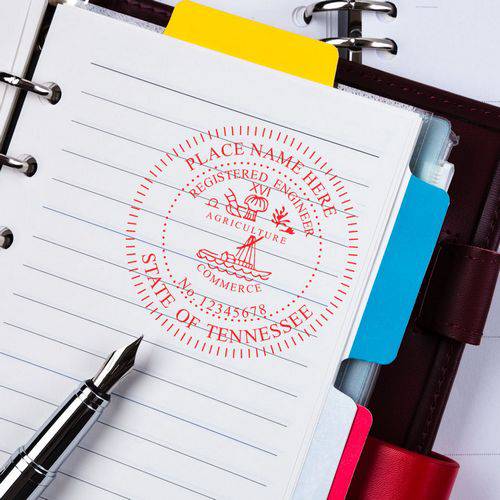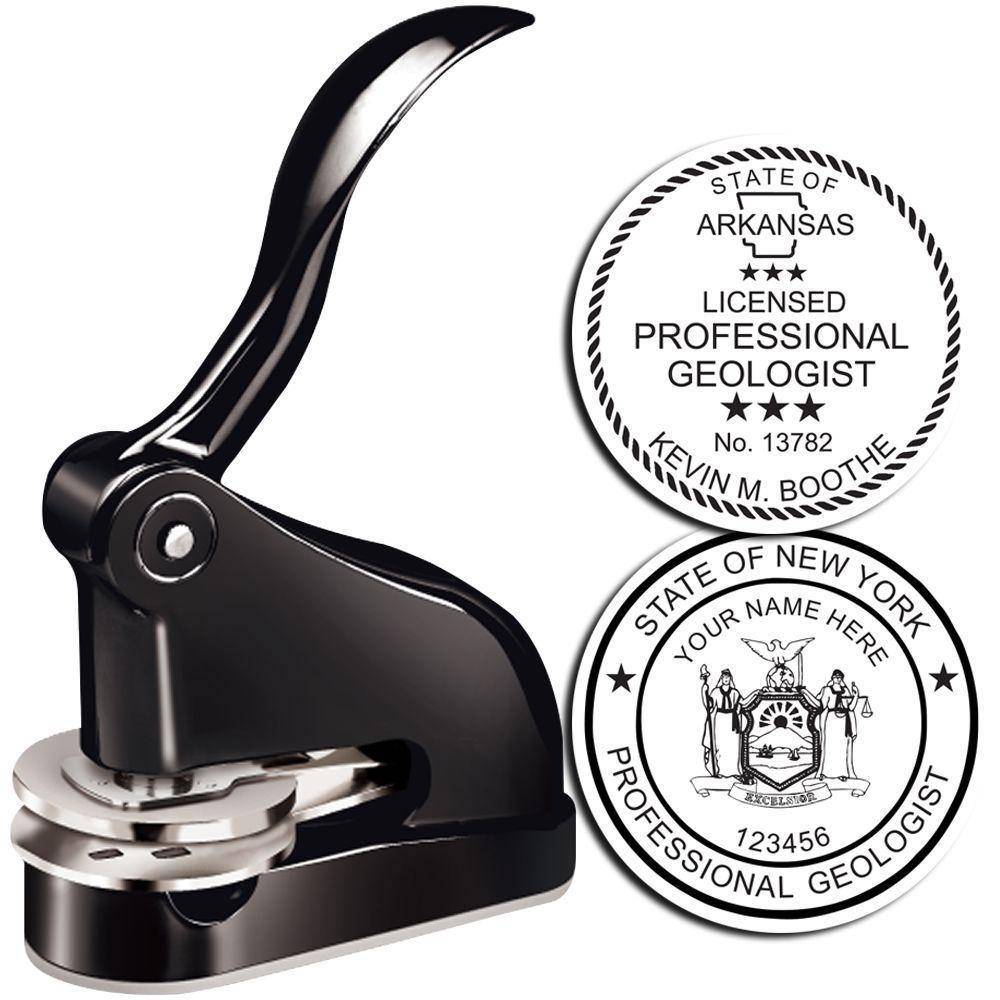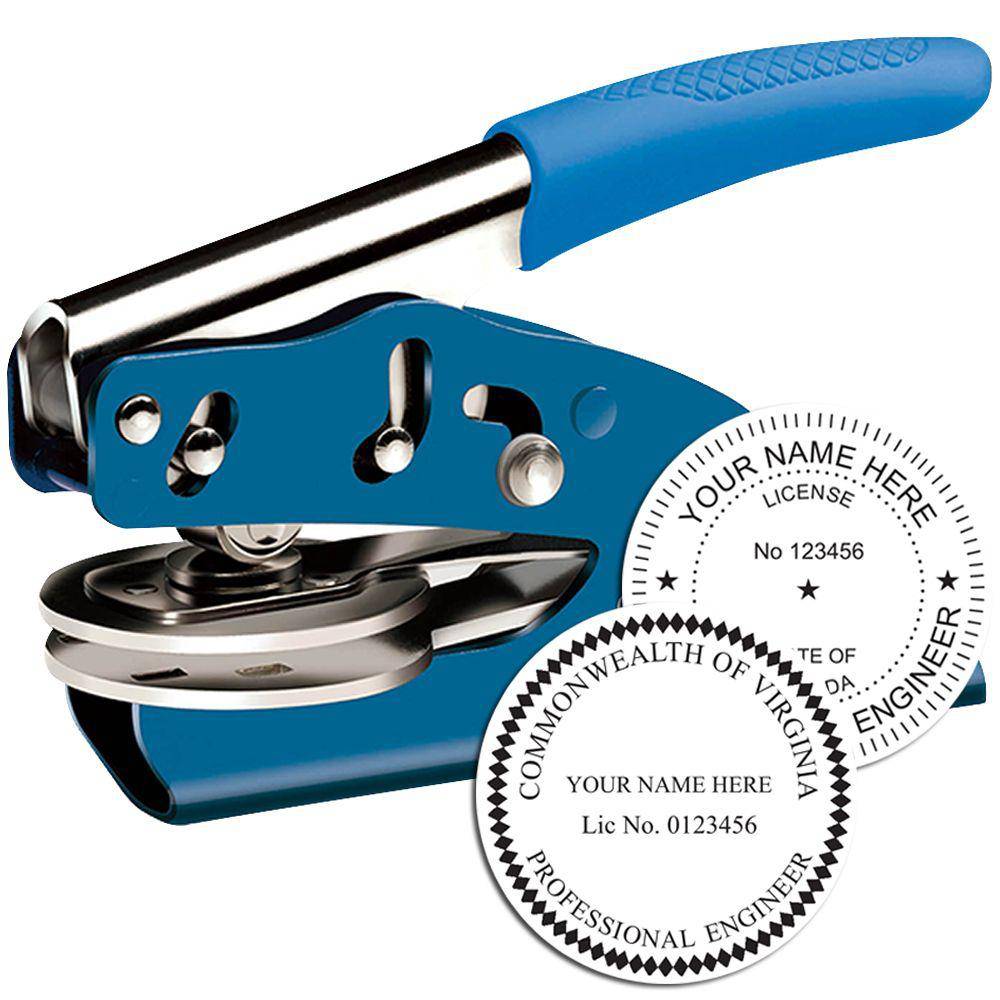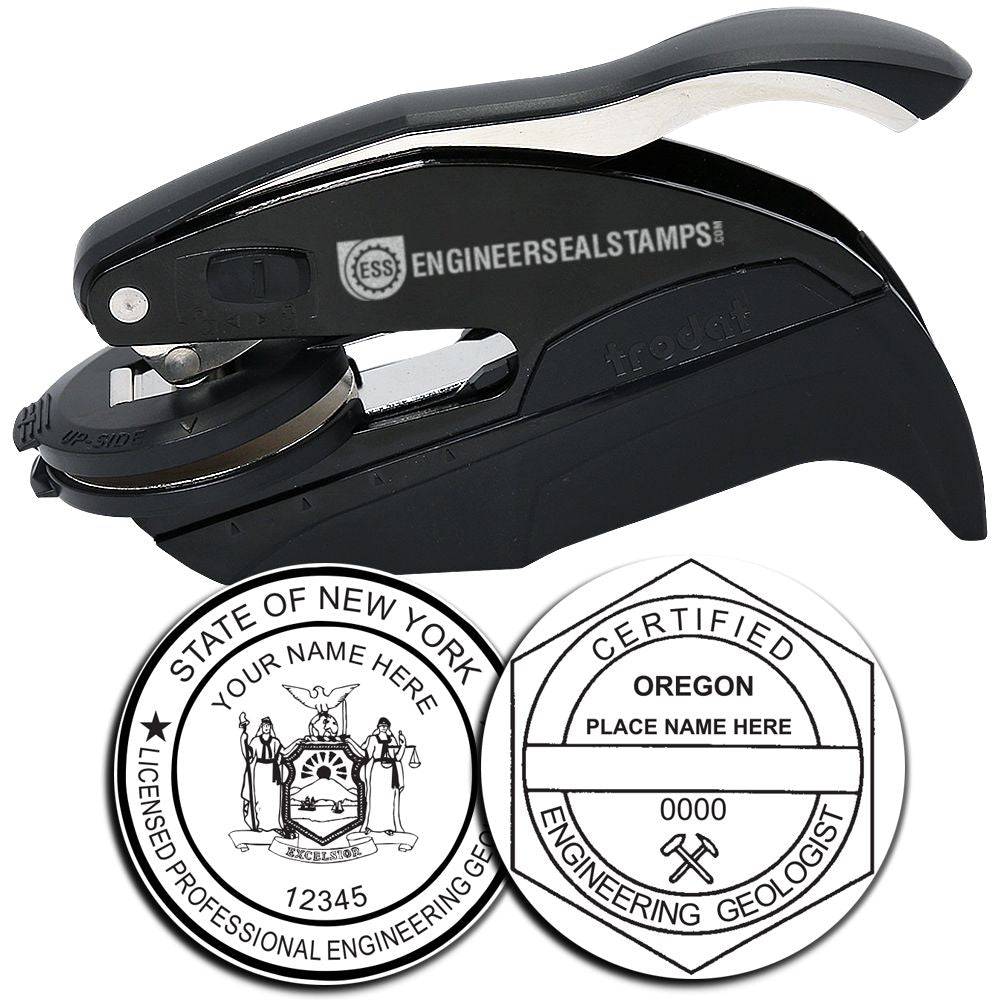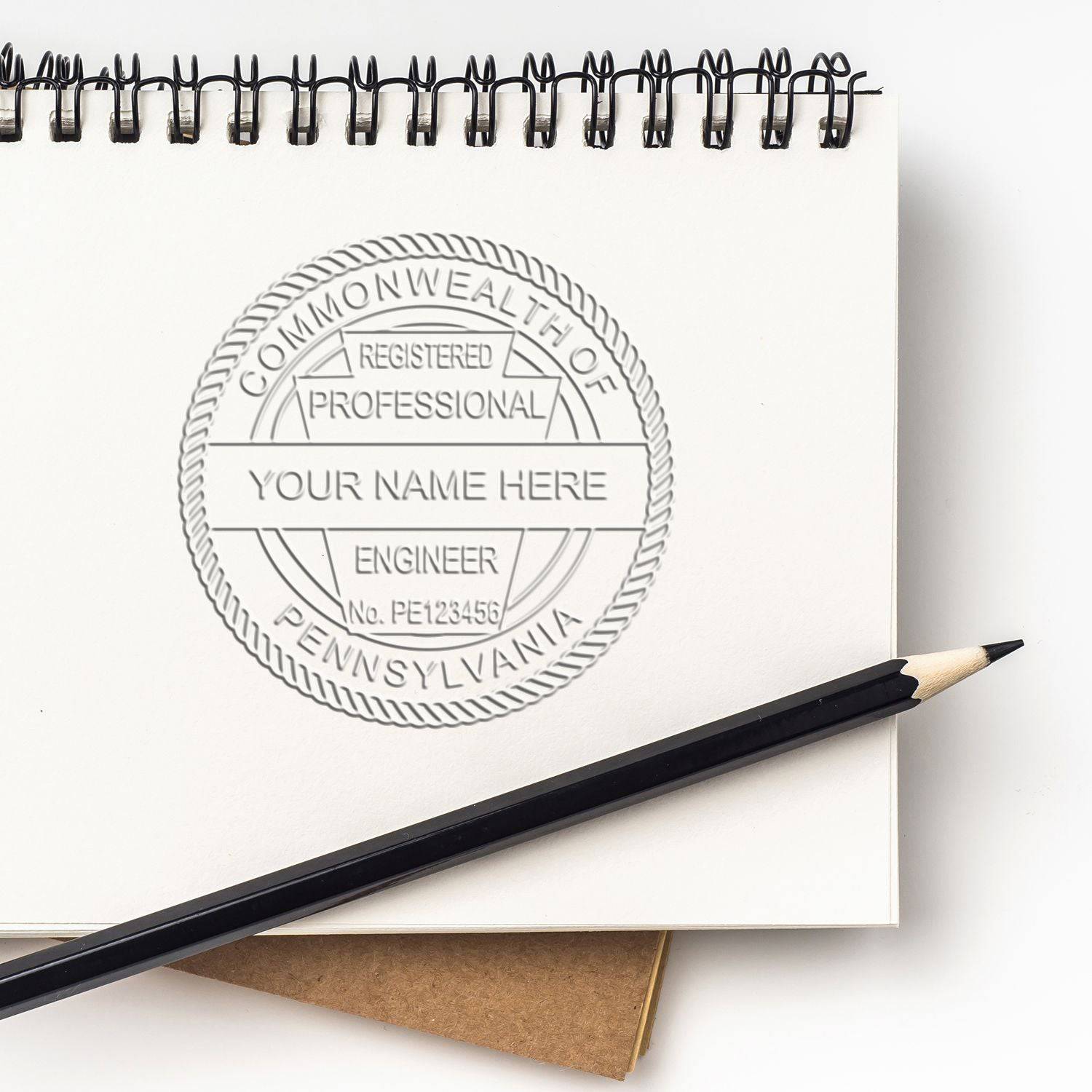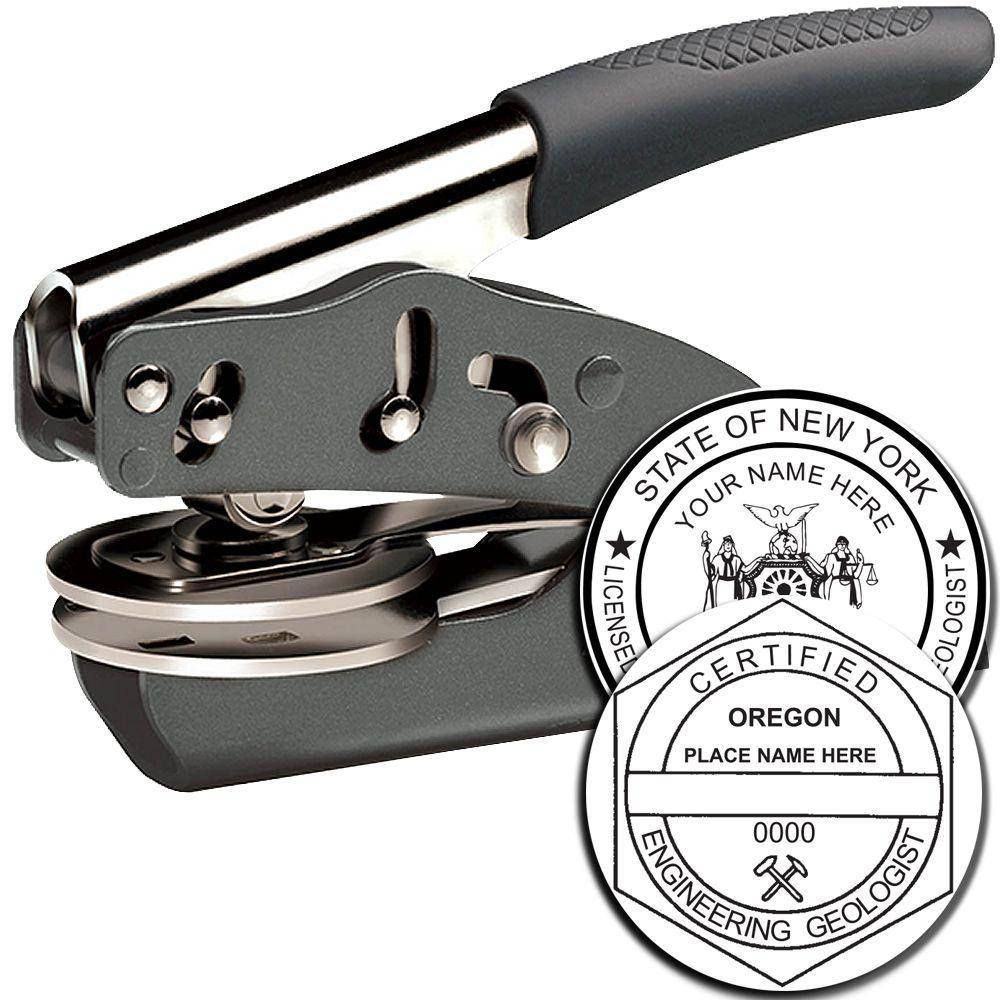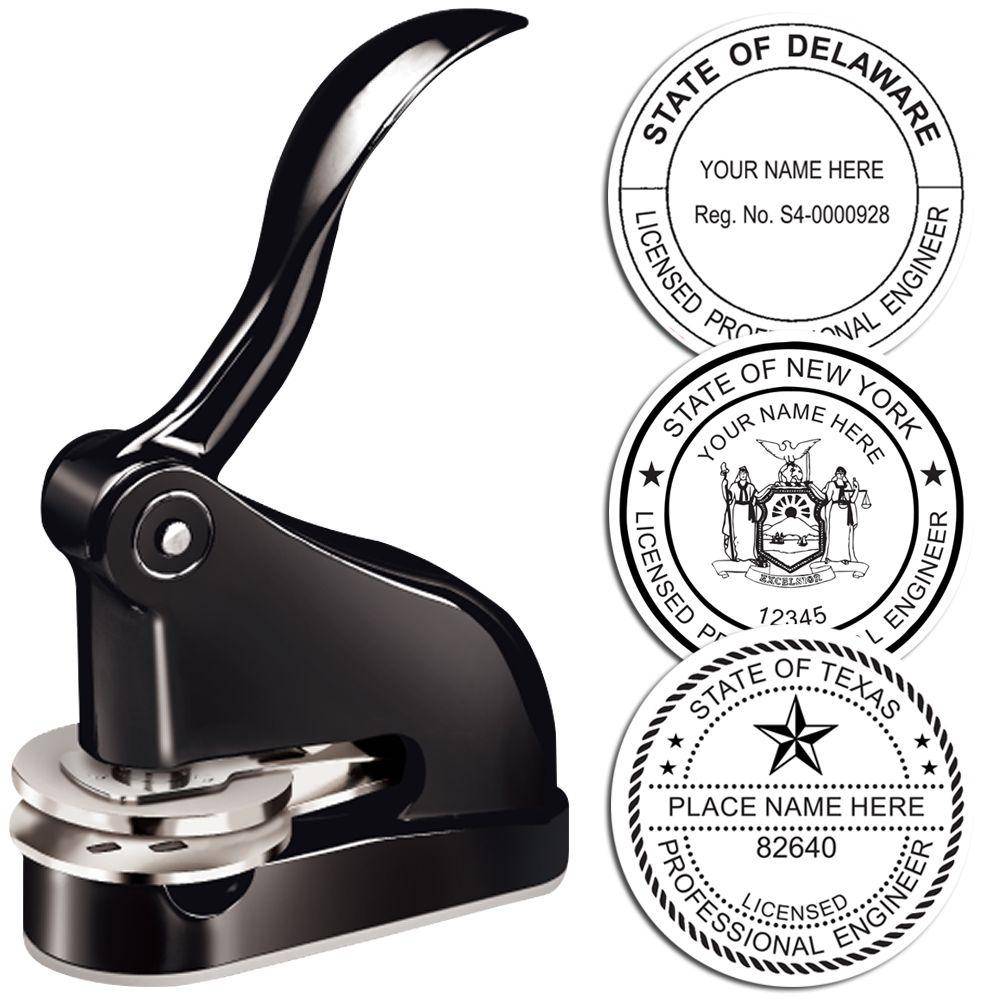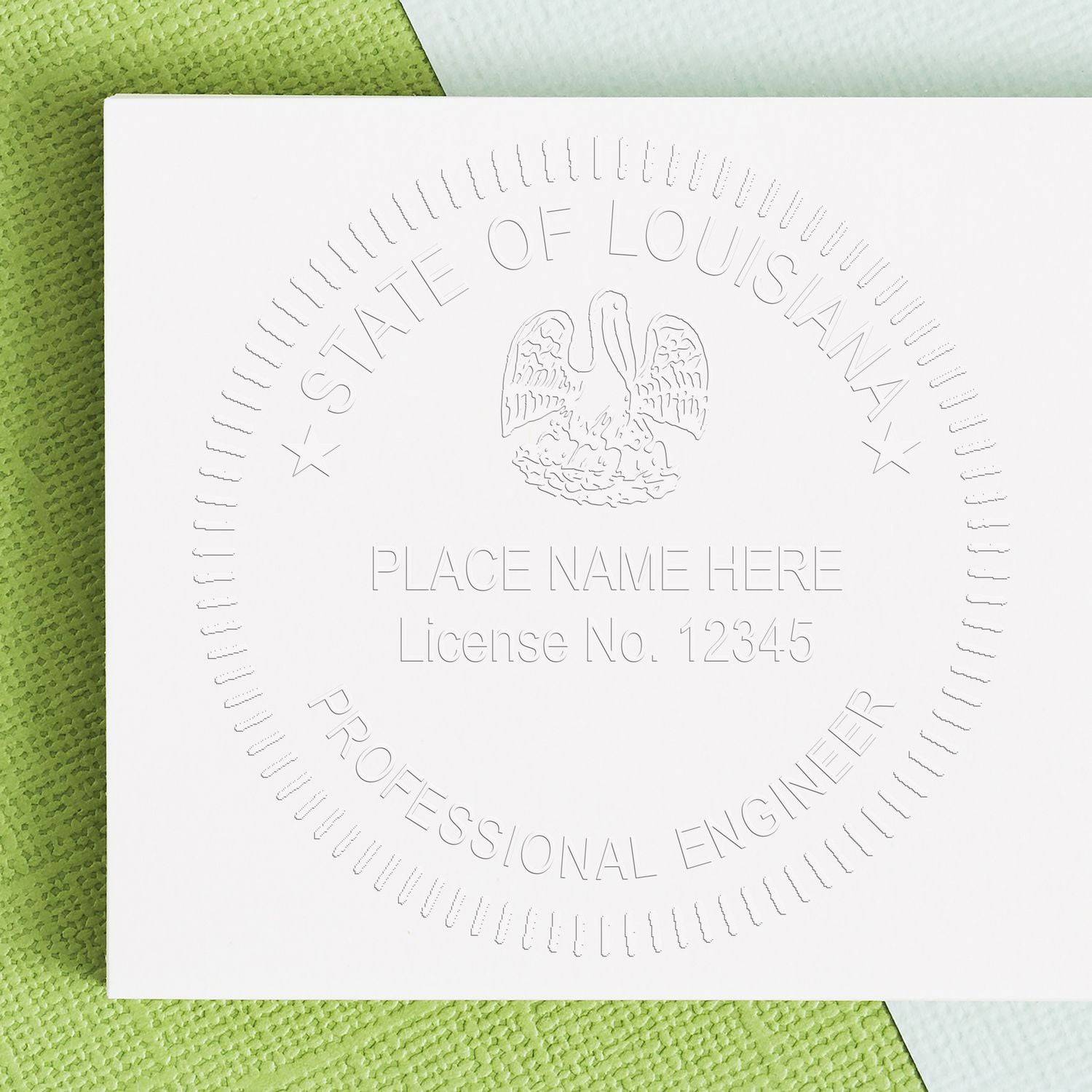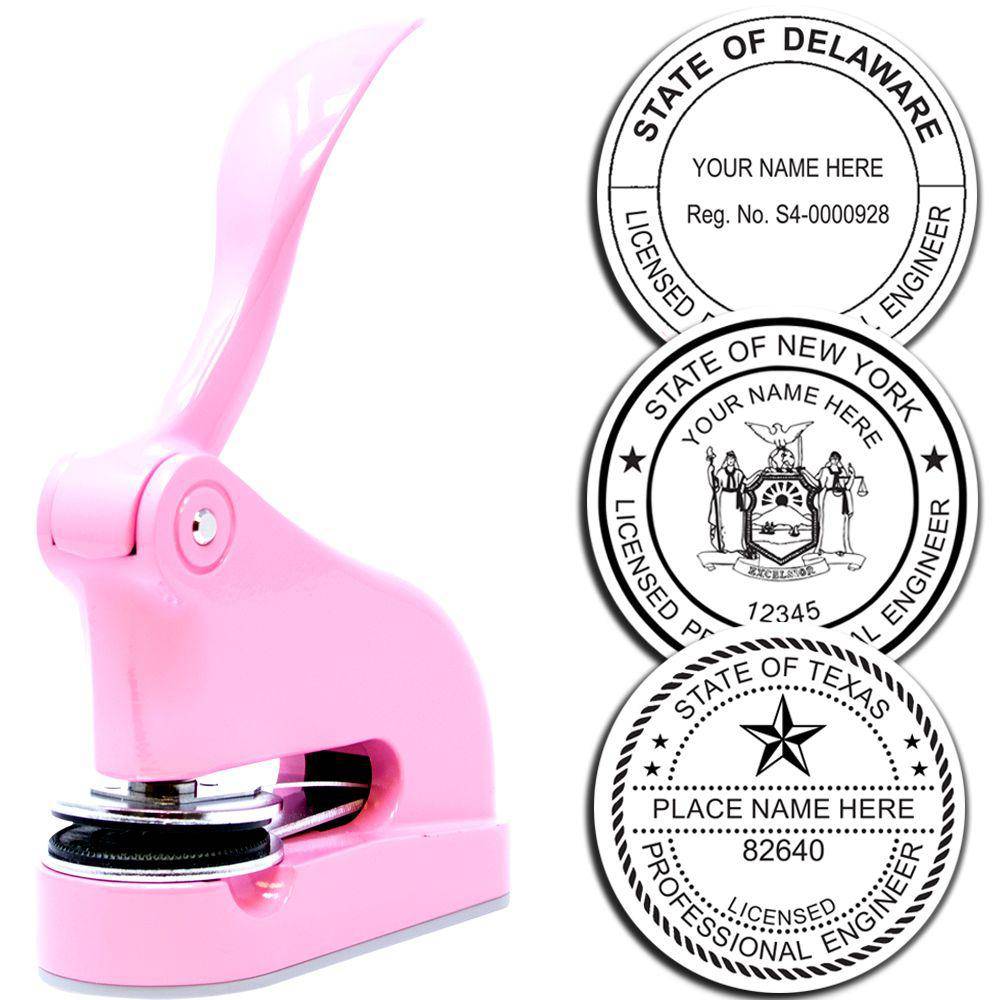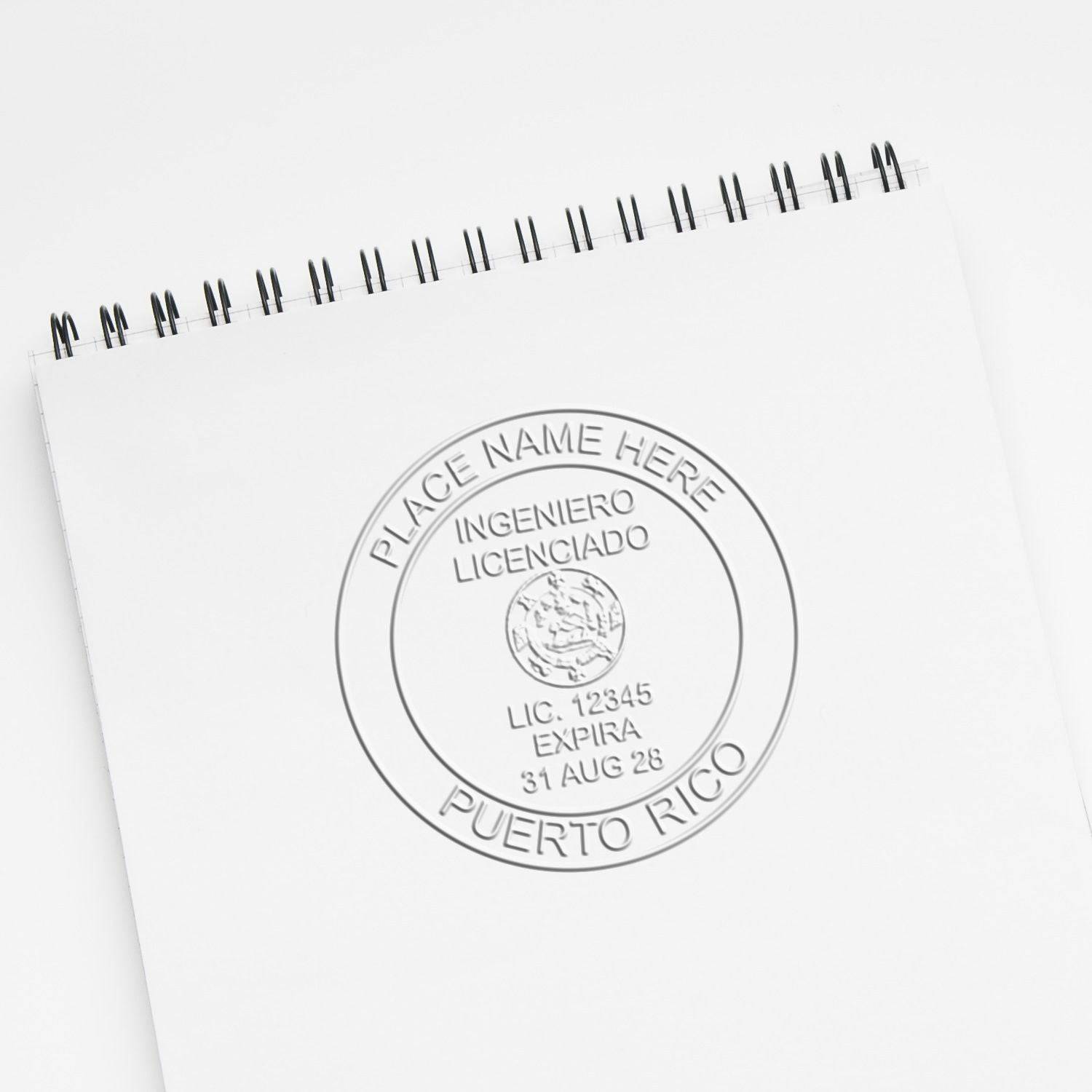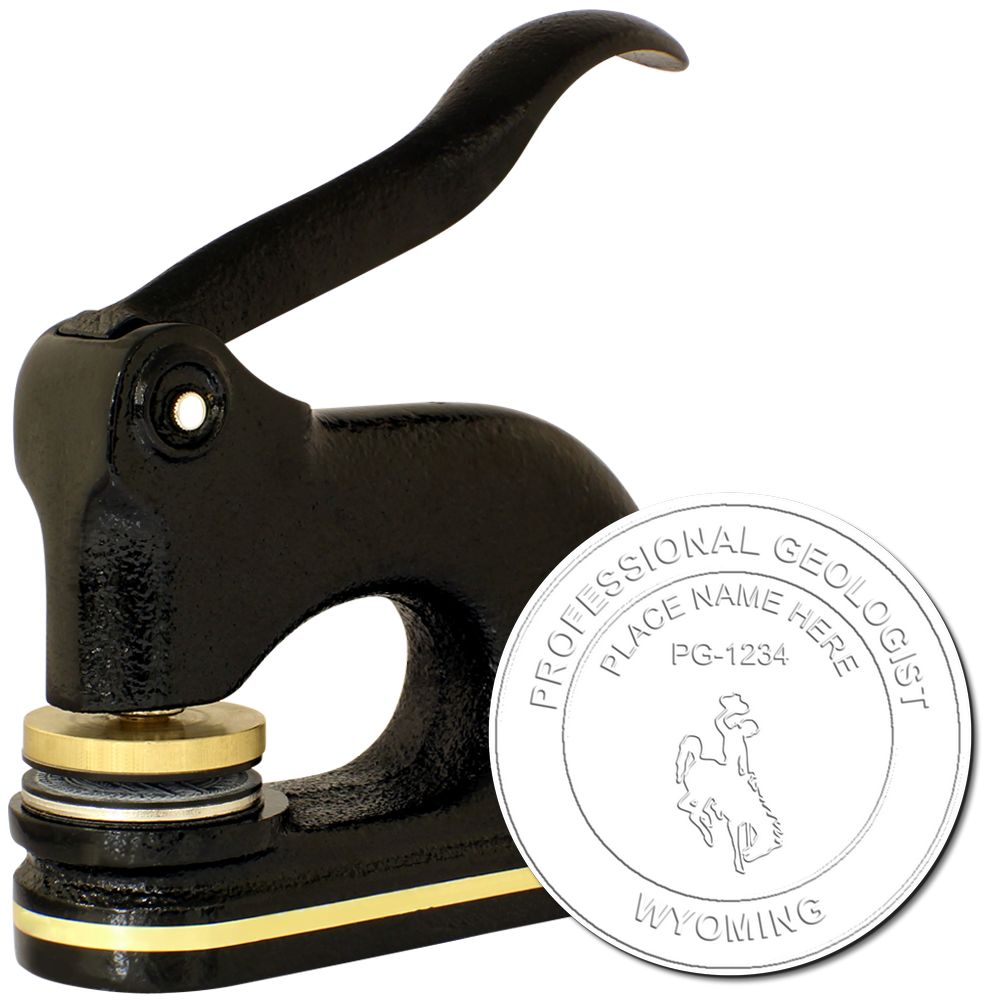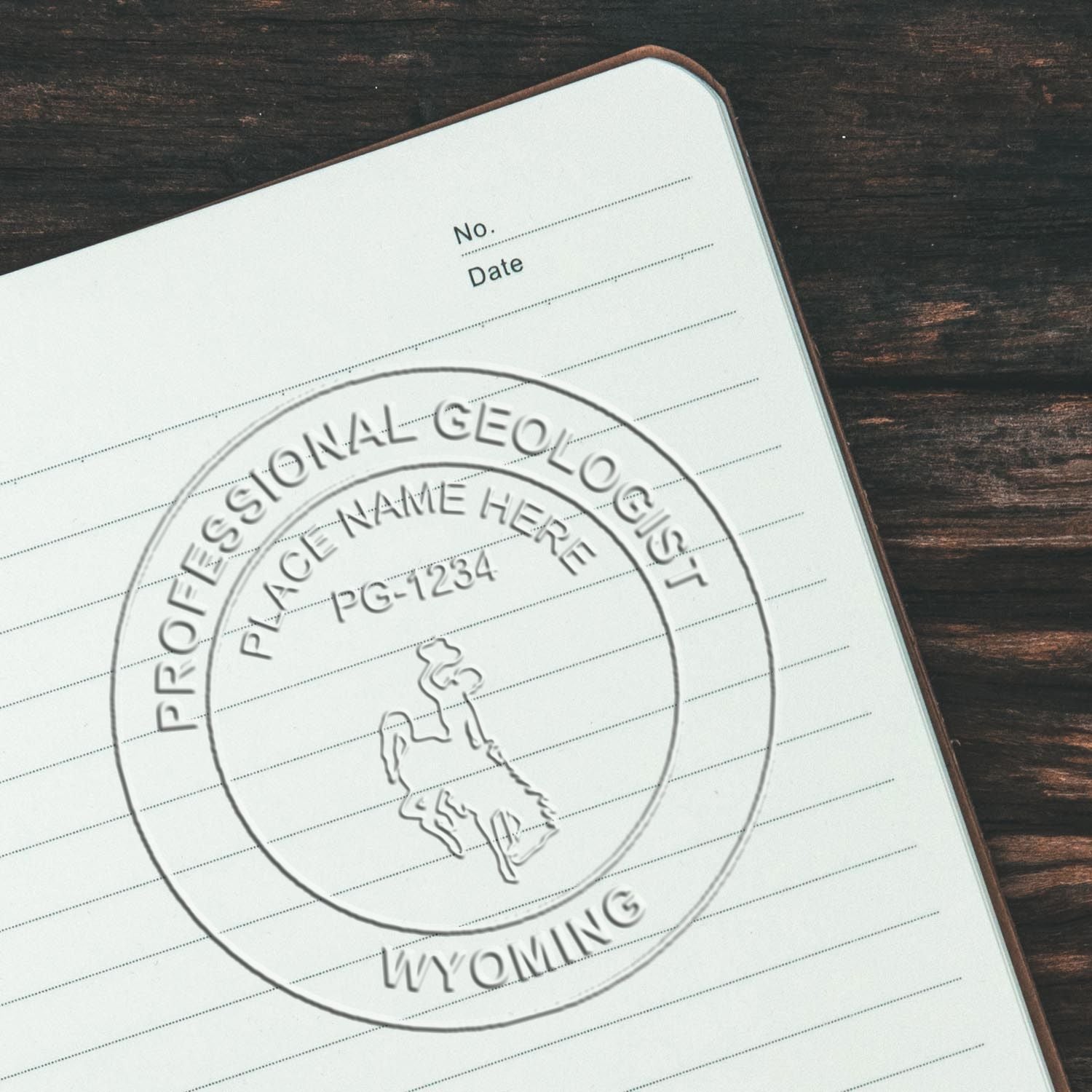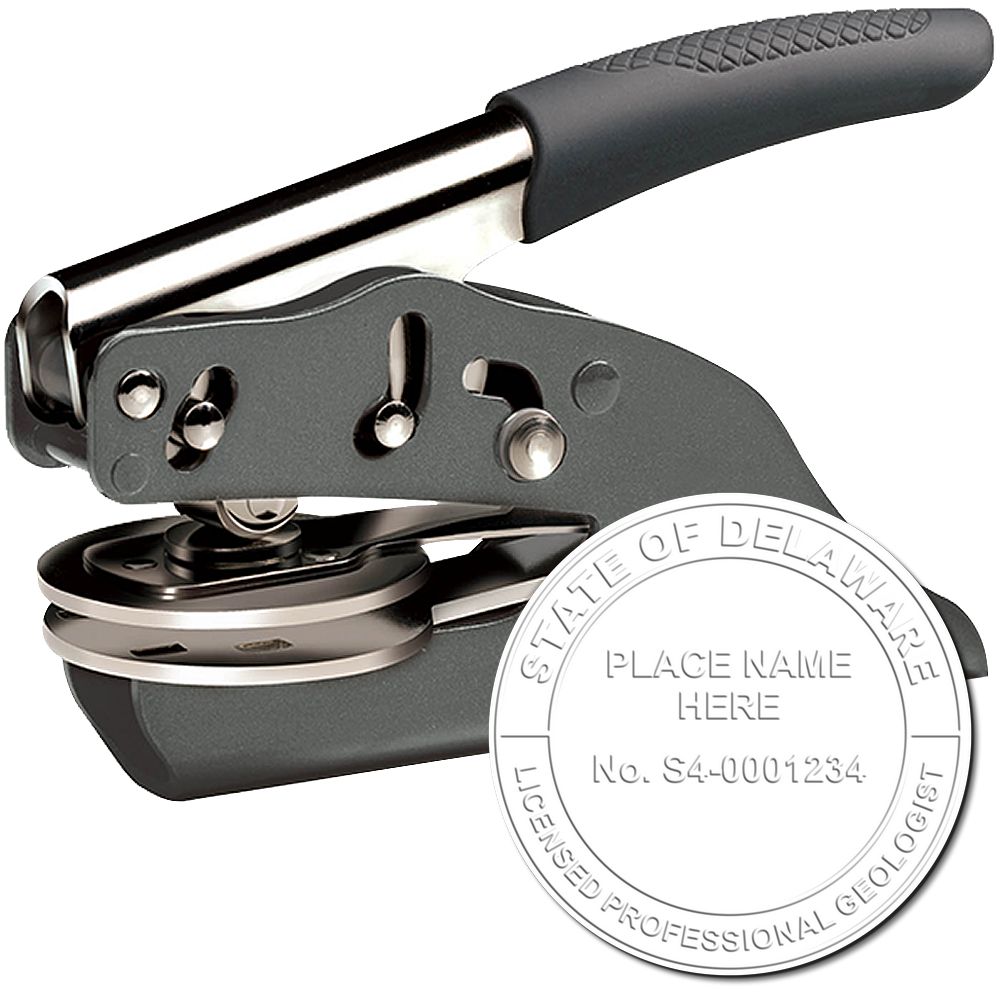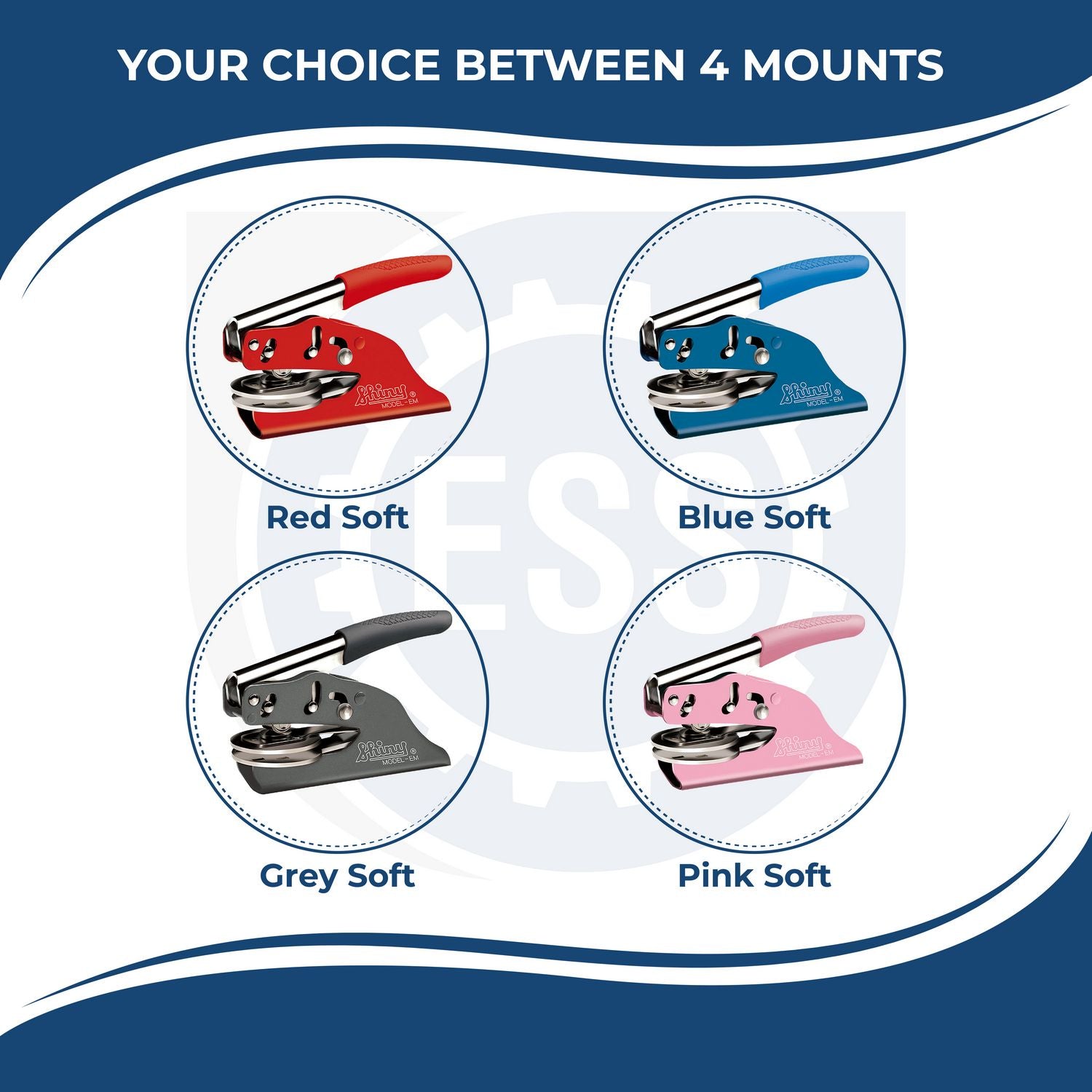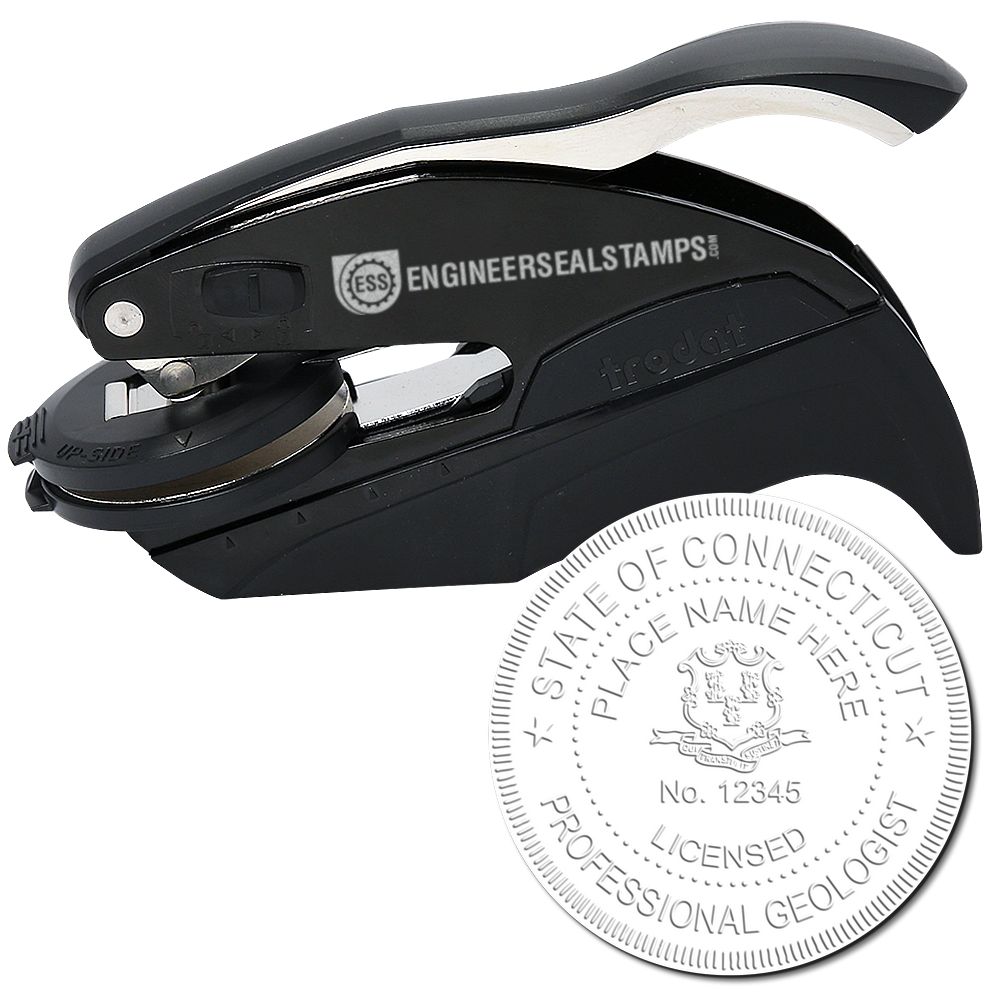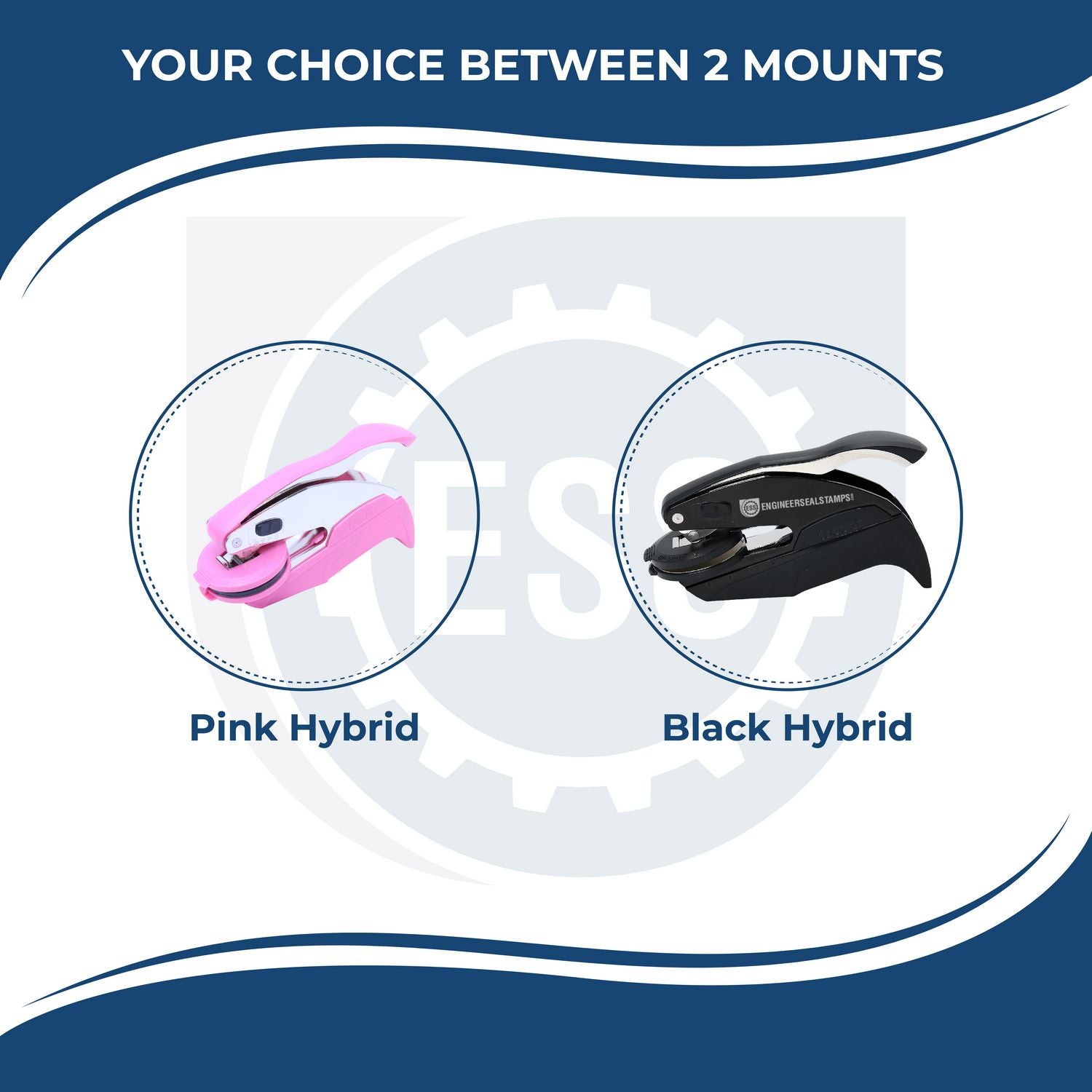The Importance of PE Stamps in Engineering
In the field of engineering, Professional Engineer (PE) stamps are more than just mere accessories. They play a pivotal role in validating the integrity of engineering work, upholding the standards of the profession, and ensuring public safety. In this section, we delve into the significance of engineering seals and stamps and why they are an indispensable part of engineering projects.
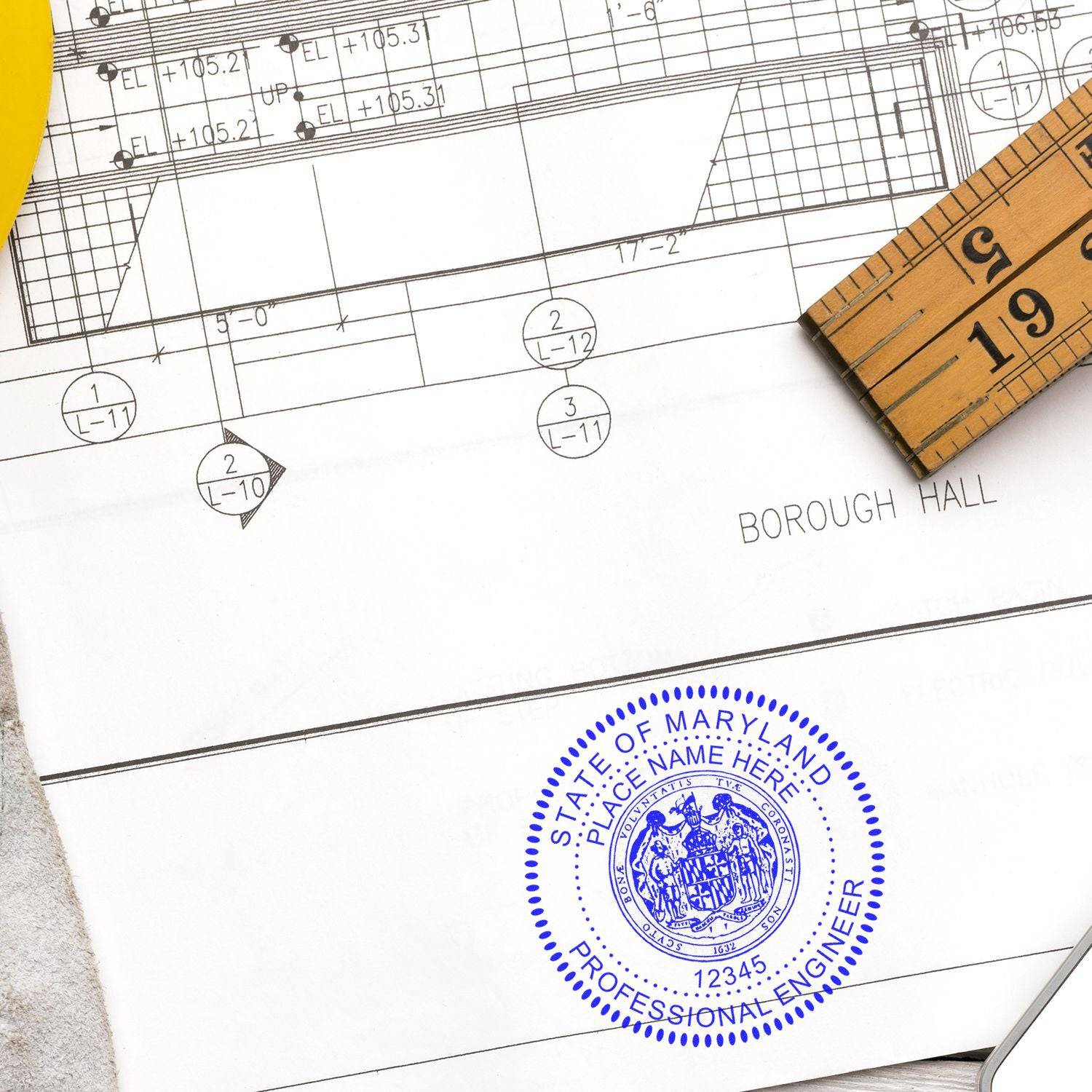
Understanding PE Stamps
A PE Stamp is a unique identifier for licensed Professional Engineers. It contains crucial information such as the engineer's name, license number, and the state where they are licensed to practice. These stamps serve as a mark of authenticity, signifying that the engineering work complies with the relevant codes and standards. In essence, when an engineer applies their PE Stamp to a document such as a blueprint, report, or drawing, they are affirming that they have reviewed the work, it adheres to the applicable laws and regulations, and they take professional responsibility for it. To get a deeper understanding of what entails a PE Stamp, visit our article on professional engineer stamps.Why PE Stamps are Vital in Engineering Projects
PE Stamps carry significant weight in the engineering world. Their usage is not only a matter of professional responsibility but is also legally required in many jurisdictions. Here are some reasons why these stamps are vital in engineering projects:- Compliance with State Laws: In many states, it's mandatory for certain engineering documents to be stamped by a licensed Professional Engineer. These laws are designed to ensure that only qualified individuals oversee and approve engineering work. For an overview of the different state requirements for PE Stamps, review our guide on pe stamp requirements.
- Assurance of Quality: A PE Stamp is a testament to the quality of an engineering project. It signifies that the work has been reviewed and approved by a competent Professional Engineer, ensuring that the project is designed and executed to the highest standards.
- Protection of Public Safety: Engineering projects, whether it's building a bridge or designing a machine, have a direct impact on public safety. By stamping a document, a Professional Engineer is certifying that the work is safe and suitable for its intended use, protecting the well-being of the public.
- Professional Accountability: When an engineer stamps a document, they are taking responsibility for the accuracy and reliability of the work. This fosters accountability and encourages engineers to maintain high standards in their practice.
Types of Engineering Seals and Stamps
When it comes to engineering projects, the significance of engineering seals and stamps cannot be overstated. They serve as an official endorsement of the quality and integrity of your work. There are several types of these stamps, each with their own unique features and benefits. This section explores traditional rubber stamps, self-inking stamps, and embossing seals.Traditional Rubber Stamps
Traditional rubber stamps are the oldest form of engineering seals and stamps. They require the use of an external ink pad for each impression. Despite advancements in stamp technology, traditional rubber stamps remain a popular choice among engineers for their durability and the distinct, crisp impressions they create.For more information about traditional rubber stamps, visit our article on professional engineer stamps.
Self-Inking Stamps
Self-inking stamps have an in-built ink pad, which re-inks the stamp between each impression. This makes them convenient for repeated stamping, saving time and effort. The impressions made by self-inking stamps are consistent in quality, ensuring that your engineering projects always have a professional finish.
To explore a wide range of self-inking stamps, check out our collection of PE stamps online.
Embossing Seals
Embossing seals create a raised impression on the paper, adding an extra level of professionalism and authenticity. While they don't use ink, embossing seals are often used in conjunction with traditional or self-inking stamps to enhance the official nature of engineering documents.
For comprehensive information about the use of embossing seals in engineering, refer to our guide on PE stamp requirements. Understanding the different types of engineering seals and stamps can help you choose the right one for your needs. Whether you opt for traditional rubber stamps, self-inking stamps, or embossing seals, remember to use them responsibly and comply with all relevant guidelines and state requirements.
Selecting the Right Stamp for Your Needs
Choosing the right engineering seal or stamp is crucial in ensuring the credibility and legality of your engineering projects. This section will guide you through the key factors to consider when selecting the right engineering seals and stamps for your needs.Evaluating Material and Durability
The material and durability of the stamp are essential factors to consider when shopping for engineering seals and stamps. High-quality materials ensure the stamp's longevity and consistent performance over time. For instance, stamps made from sturdy materials like metal or heavy-duty plastic typically provide a crisp, clear impression and can withstand frequent use. When evaluating the durability of a stamp, consider the type of ink pad included, how often you'll be using the stamp, and the conditions under which it will be used. These considerations can help ensure you choose a stamp that will serve your needs effectively for a long time.Considering Stamp Size and Impression
The size of the stamp and the clarity of its impression are also important considerations. The stamp should be large enough to clearly display the required information, but not so large that it overwhelms the document or drawing. Furthermore, the impression should be clear and legible, without smudging or fading.
Understanding State Requirements for PE Stamps
Each state has specific requirements for Professional Engineer (PE) stamps. These requirements may include the size of the stamp, the information it must contain, and the format of the seal. For instance, some states require the engineer's license number to be included in the seal, while others may require the stamp to include the engineer's name, the phrase 'Professional Engineer', and the state of licensure. Before purchasing a stamp, it's crucial to familiarize yourself with the specific PE stamp requirements of your state to ensure you're in compliance with local regulations. By considering these factors, you can make an informed decision when selecting the right engineering seal or stamp for your needs. Once you've selected your stamp, remember to use it correctly and responsibly to uphold the integrity of your professional work. For more information on the selection and use of engineering seals and stamps, check out our comprehensive guide on professional engineer stamps.Care and Maintenance of Your PE Stamp
Proper care and maintenance of your Professional Engineer (PE) stamp can significantly extend its lifespan. Regardless of the type of engineering seals and stamps you have, following these maintenance guidelines can ensure your stamp performs optimally for years to come.Proper Storage
Appropriate storage is crucial in maintaining the quality of your PE stamp. Always store your stamp in a cool, dry place when not in use. Exposure to extreme heat or moisture can damage the rubber, leading to blurred or incomplete impressions. Avoid storing your stamp with its face down, as this can cause the ink to oversaturate the rubber, resulting in smudged impressions. Instead, it should be stored upright or with the rubber face up to prevent any ink leakage.Cleaning Your Stamp
Regular cleaning of your stamp can prevent ink build-up on the rubber die, ensuring clear and crisp impressions every time. For routine cleaning, simply stamping on a damp (not wet) cloth or paper towel until the impression comes out clear can suffice. For a deeper clean, especially for self-inking stamps, disassembling the stamp and cleaning the rubber die with a mild soap solution can help remove stubborn ink residues. However, be sure to dry it thoroughly before reassembling to prevent any water damage.Re-inking Your Stamp
Re-inking your stamp ensures consistent, high-quality impressions. The frequency of re-inking largely depends on usage, but a general rule of thumb is to re-ink your stamp when impressions start to fade. For self-inking stamps, the ink pad can be easily removed and re-inked. For traditional rubber stamps, applying a few drops of ink to the pad should suffice. Remember to give the ink ample time to evenly distribute before using the stamp again.It's important to note that the ink used for re-inking should be the same type as the original to avoid any compatibility issues. For more information on PE stamp requirements and usage, feel free to check out our PE stamp requirements article. By adhering to these care and maintenance guidelines, you can ensure your PE stamp remains in excellent condition, providing you with clear and professional impressions for all your engineering documents. When it's time to replace or update your stamp, you can conveniently find a variety of PE stamps online.
How to Use Your PE Stamp Correctly
Once you've selected your professional engineer stamp, it's crucial to understand how to use it properly. This will not only ensure compliance with regulations but also maintain the integrity of your engineering seals and stamps. Here, we discuss when and where to use your stamp and how to avoid common mistakes.When to Use Your Stamp
Your PE stamp serves as a mark of approval, indicating that a licensed professional engineer has reviewed and approved the engineering plans, drawings, or reports. Therefore, it's generally used at the end of a project, before the final submission. However, use of the PE stamp may also be required at various stages of the project, depending on your state's specific regulations or the project's requirements. For more detailed information on when to use your PE stamp, refer to our article on PE stamp requirements.Where to Place Your Stamp
The placement of your PE stamp is another crucial aspect to consider. Typically, the stamp is placed on the title block of engineering drawings, plans, or reports. However, the exact location can vary depending on state regulations and the layout of the document. In some cases, you may need to place the stamp on every page of a multi-page document. In others, a single stamp on the cover page or summary sheet may suffice. For a comprehensive guide on where to place your PE stamp, check out our article on professional engineer stamps.Avoiding Common Mistakes
While using your PE stamp may seem straightforward, there are a few common mistakes that engineers should be aware of. These include:- Over-stamping or under-stamping: Ensure you apply the right amount of pressure when using your stamp to avoid unclear or smudged impressions.
- Stamping on inappropriate documents: Only use your PE stamp on documents that fall within your competence and area of expertise.
- Neglecting to sign and date: Most states require that PE stamps are accompanied by a signature and date. Be sure to include these elements every time you use your stamp.
About ESS
In today's fast-paced world, finding a reliable and trustworthy supplier for professional stamps and notary supplies is difficult. That's where our family-owned and operated business comes in, with over 50 years of experience in the industry, our legacy speaks for itself. At our website, we offer a wide range of rubber stamps, professional seals, and notary supplies to meet the needs of our diverse clientele. Our fast turnaround time and 24-48 hour custom product shipping policy make the shopping experience with us pleasant and stress-free. Furthermore, we provide free electronic seals with any professional seal purchase, a service that differentiates us from competitors. Our team of experts is dedicated to providing customers with excellent customer service, and we go above and beyond to make every shopping experience on our website hassle-free. We take pride in offering only high-quality products and are committed to delivering the best possible customer experience. So why choose us? Because we are a reputable business built on experience, expertise, and outstanding customer service. Shop with us today and discover why we're trusted by thousands of customers worldwide.



